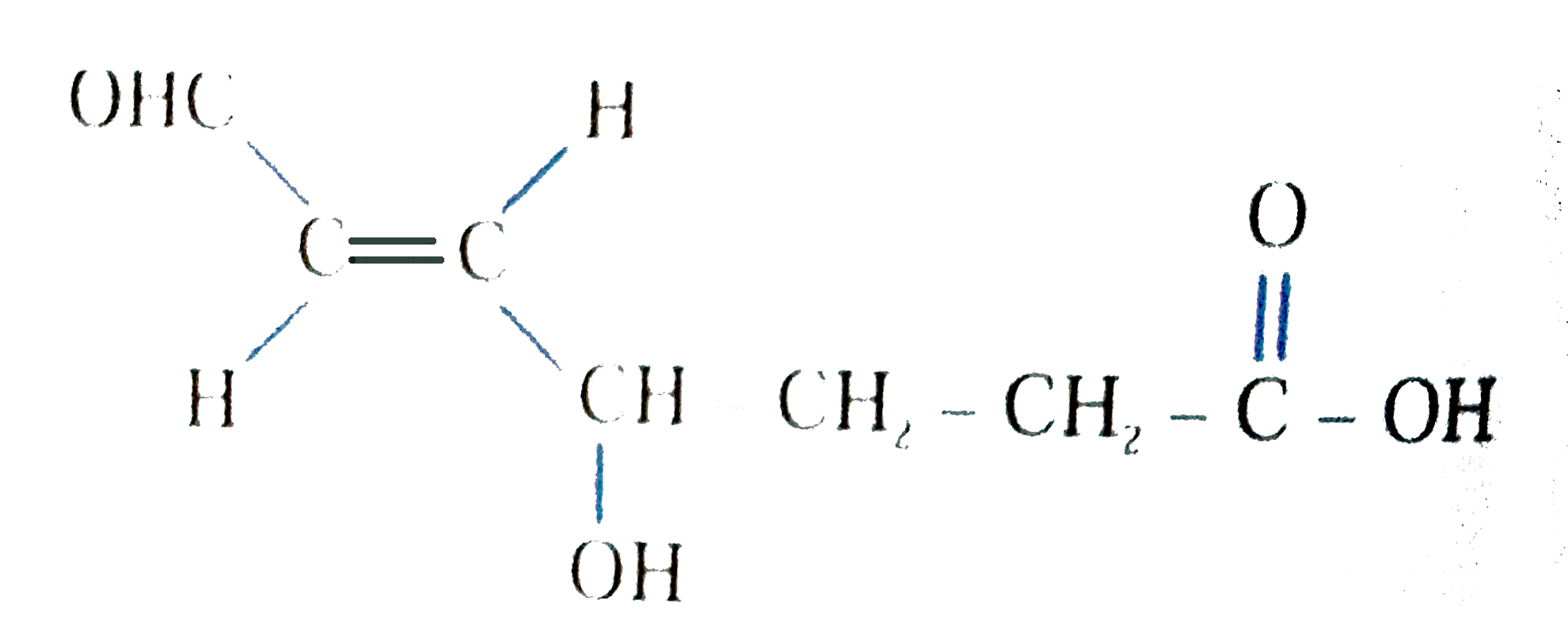In the reaction
BrO−3(aq)+5Br−(aq)+6H+→3Br2(1)+3H2O(1)
The rate of appearance of bromine (Br2) is related to rate of disapperance of bromide ions as folllwoing :
d[Br2]dt=−53d[Br−]dt
d[Br2]dt=53d[Br−]dt
d[Br2]dt=35d[Br−]dt
d[Br2]dt=−35d[Br−]dt
The correct Answer is:D
13d[Br2]dt=−15d[Br−]dt
Topper's Solved these Questions
- BOOK - NARAYNACHAPTER - CHEMICAL KINETICS EXERCISE - EXERCISE -430videos
CHEMICAL KINETICS
- BOOK - NARAYNACHAPTER - CHEMICAL KINETICS EXERCISE - EXERCISE -2 (H.W) COLLISION THEORY7videos
CHEMICAL KINETICS
- BOOK - NARAYNACHAPTER - CARBOXYLIC ACIDEXERCISE - All Questions288videos
CARBOXYLIC ACID
- BOOK - NARAYNACHAPTER - CHEMISTRY IN EVERYDAY LIFEEXERCISE - ASSERTION & REASON TYPE QUESTIONS10videos
CHEMISTRY IN EVERYDAY LIFE
Similar Questions
The role of a catalyst is to change
01:16View SolutionThe reaction A→C has activation energy for the forward and the backward reaction has 25 kJ and 32 KJ respectively. The ΔH for the reaction is
01:16View SolutionProvide IUPAC name of the compound given below.
 04:09View Solution
04:09View Solution(A) Analgesics bring down body temperature during high fever.
(R ) Tetracyclin is a tranquillizer.03:21View SolutionIn the reaction BrO^(-3)(aq) + 5Br^(-) (aq) + 6H^(+) rarr 3Br_(2)(1) + 3H_(2)O(1) The rate of appearance of bromine (Br_(2)) is related to rate of disapperance of bromide ions as folllwoing :
01:16View SolutionIn the reaction BrO_(3)^(-) (aq) + 5 Br^(-) (aq) + 6 H^(+) to 3 Br_(2) (l) + 3H_(2)O (l) The rate of appearing of bromine (Br_(2)) is related to rate of disappearance of bromide ions as following
03:37View SolutionConsider the following reaction in aqueous solution
5Br−(aq)+BrO−3(aq)+6H+(aq)→3Br2(aq)+3H2O(l)
If the rate of appearance of Br2 at a particular time during the reaction is 0.025Msec−1, what is the rate of disappearance (in Msec−1) of Br− at that time?03:11View Solutionअभिक्रिया
BrO3(aq)−+5Br−(aq)+6H+→3Br2(l)+3H2Ol में, ब्रोमीन (Br2) के प्रगटीकरण की दर, ब्रोमाइड आयनों के लुप्त होने की दर से निम्न प्रकार सम्बन्धित है04:59View SolutionIn the reaction
BrO−3(aq)+5Br−(aq)+6H+→3Br2(1)+3H2O(1)
The rate of appearance of bromine (Br2) is related to rate of disapperance of bromide ions as folllwoing :03:37View Solutionअभिक्रिया BrO−3(aq)+5Br−(aq)+6H+→3Br2(l)+3H2O(l) में, ब्रोमीन (Br2) के प्रगटीकरण की दर, ब्रोमाइड आयनों के लुप्त होने की दर से निम्न प्रकार संबंधित है
02:13View Solutionनिम्नलिखित अभिक्रिया में रेखांकित उत्पाद के निर्माण की दर रेखांकित अभिकारक की विलुप्त होने की दर से किस प्रकार संबंधित है BrO−3–––––––(aq)+5Br−1(aq)+6H+(aq)→3Br2––––––(l)+3H2O(aq)
02:28View SolutionIn the reaction
BrO−3(aq)+5Br−+6H+→3Br2+3H2O
the rate of appearance of bromine is related to the rate of disappearance of bromide ions as :02:57View Solutionअभिक्रिया BrO−3(aq)+5Br−(aq)+6H+→3Br2(l)+3H2O(l) में, ब्रोमीन (Br2) के प्रगटीकरण की दर, ब्रोमाइड आयनों के लुप्त होने की दर से निम्न प्रकार संबंधित है
02:37View SolutionIn the following reaction, how is the rate of appearance of the underline product related to the rate of disappearance of the underlined reactant?
BrO−3(aq)+5Br−–––––––(aq)+6H+(aq)→3Br2––––––(1)+3H2O(1)02:53View SolutionIn the reaction BrO_(3).^(-)(aq)+5Br^(-)(aq)+6H^(+) to 3Br_(2)(l)+3H_(2)O(l) The rate of appearance of bromine (Br_(2)) is related to rate of disappearance of bromide ions as following
02:16View SolutionWhich of the following expressions is correct for the reaction rate of the reaction given below? 5Br.(aq.)+BrO_(3)(aq.)+6H^(+)(aq.) to 3Br_(2)(aq.)+3H_(2)O(1)
03:42View Solution

